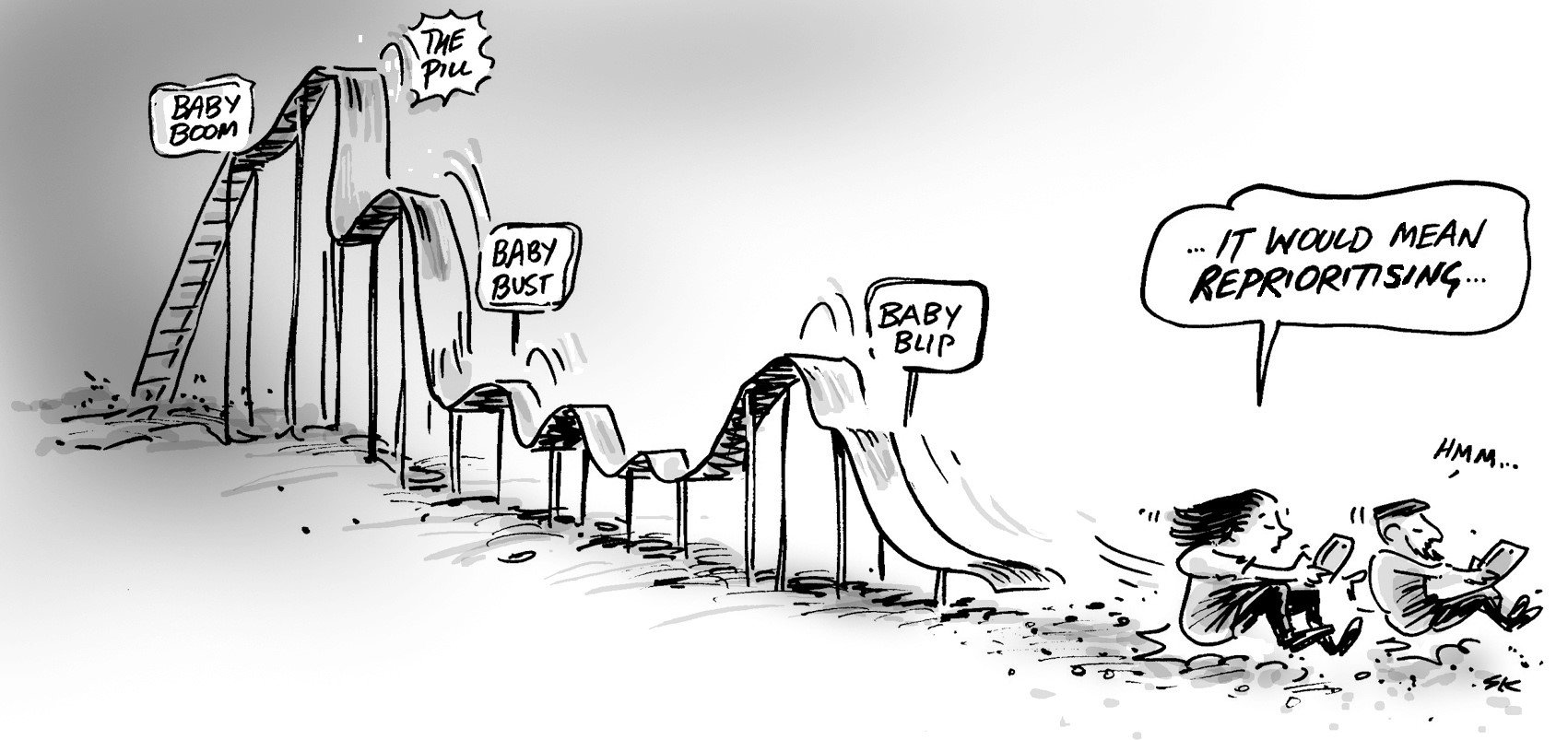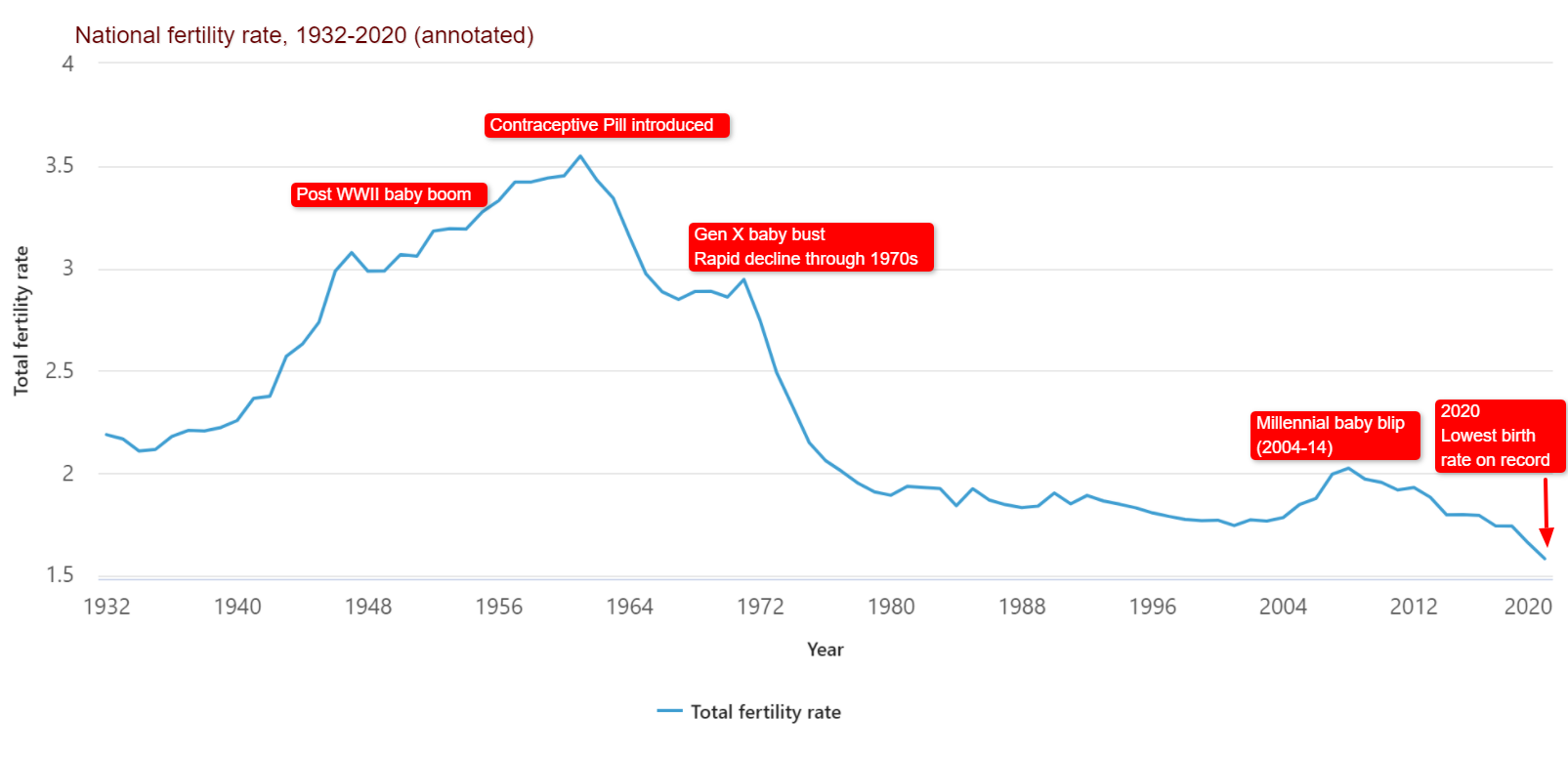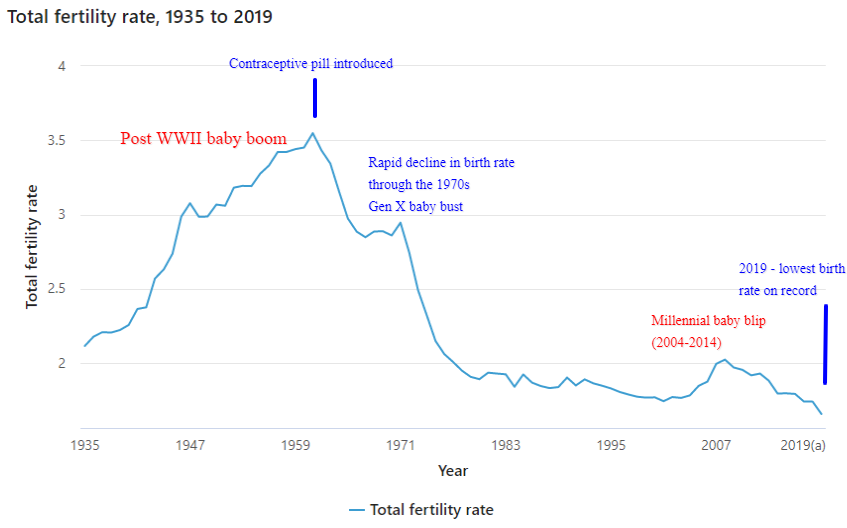Newly released Census 2021 data shows the overall rate of homelessness in Australia has fallen since 2016. But this is by no means the end of the story; as is always the case with these sorts of trends, the story is varies greatly for different locations and people. Glenn looks beneath the headline.
The long awaited numbers counting Australia’s homeless population from the 2021 Census have been released by the ABS.
The headline figures show an estimate of 122,494 people who were homeless in Australia on Census night, August 10th, 2021. This increased by 6,067 people from the 2016 estimate, but – due to increases in Australia’s population – the rate of homelessness decreased from 50 people per 10,000 to 48 per 10,000 over the 5 years. This is roughly 0.5% of population. You can see the full details in “Estimating Homelessness, 2021 Census” on the ABS website.
Why do we have to wait so long for Homelessness data from the Census?
Homeless data is released later than the main bulk of population data from the Census for two reasons:
1. Homelessness is hard to define. (There is a statistical paper from 2012 about how it’s defined if you’d like to know more.)
2. Homelessness is hard to measure in the Census, and needs to be derived from other Census questions (there is no question which asks “are you homeless?”).
How does the Census define homelessness?
When most of us think of homeless people, we are envisaging someone sleeping rough on the streets, on a park bench, under a bridge or in their car. While these homeless do exist, they make up only a small proportion of the homeless population. The ABS uses six “operational groups” to define homeless:
- People living in improvised dwellings, tents or sleeping out
- People living in supported accommodation for the homeless
- People staying temporarily with other households (known popularly as ‘couch surfing’)
- People living in boarding houses
- People in other temporary lodgings
- People living in ‘severely’ crowded dwellings (dwellings requiring 4 or more bedrooms to adequately house their occupants)
Only the first of these is the “rough sleepers” category, and it comprised 7,636 people in 2021 (only 6.2% of the total homeless population). The largest share of homeless were in severely overcrowded dwellings, followed by supported accommodation and boarding houses – these categories also increased significantly in 2021 compared to 2016. This was probably due to specific efforts on the part of some states and territories to move homeless people off the streets during lockdowns and house them in underutilised hotels during the pandemic while there were few overseas visitors.
The chart below is directly from the ABS publication Estimating Homelessness. It shows the clear changes in the categories, particularly those in temporary accommodation during COVID.

What are the demographic characteristics of homeless people?
Homelessness continues to be a condition experienced predominantly by males, who made up 56% of the total homeless population in the 2021 Census. This has evened up over recent years, with female homelessness showing the highest rate of growth – up by 10.6% in 5 years while the number of males increased by 1.6%. However, there is a clear distinction between the sexes within the operational categories of homelessness. There are twice as many males in the “rough sleepers” category and more than twice as many in the “boarding houses” category. Females were more likely to be homeless staying temporarily in supported accommodation for the homeless (eg. halfway houses, domestic violence shelters) – the only category where females are in the majority.
Age is also a factor in homelessness. The largest share of homeless population in Australia are aged 25–34 years (20.8%). The highest rate as a percentage of population occurs among those aged 19–24, who have a rate of 91 people per 10,000. Older people are generally far less likely to be homeless, with only 6.8% of all homeless people being over the age of 65 in 2021, and rates for this group under 20 people per 10,000.
It also varies by state and territory (and, of course, by location within each state). While NSW has the greatest number of homeless people in 2021 (35,011), this is due to the significantly larger population of the state. Rates are a much better measure for comparing between areas of different population sizes.
Rate of homelessness per 10,000 people by State/Territory, 2021 and 2016 Census
Source: ABS, Estimating Homelessness: Census 2021
The state figures are interesting. While the Australia-wide rate is down slightly, this is mainly driven by a drop in NSW and Queensland. The rates in Victoria are up sharply (mainly because of more people counted in boarding houses), SA up slightly, and Tasmania up substantially. The Tasmanian figures are particularly interesting in the context of that state’s well-publicised housing crisis, and the return of many young people to Tasmania during the pandemic. This increase is mainly in the categories of “severely overcrowded dwellings” and rough sleepers. Tasmania’s homeless population increased from 1,622 to 2,350 over 5 years. While the rate is still lower than most other states, this does represent an increase of 45% in the number of homeless in Tasmania.
The stand-out in the table is, of course, the Northern Territory, which generally records a rate of homelessness an order of magnitude larger than any other jurisdiction. This is largely (75%) due to the “severely overcrowded dwellings” category, and indicates the inadequacy of housing in many of the remote Aboriginal communities in the Territory. This is a long-standing issue and is still very significant, but it has declined in number consistently over the past three Censuses. Still, 87% of those homeless in the NT are Aboriginal or Torres Strait Islander people.
Learning about homelessness in your area
You can explore more information about the homeless population in the ABS publication. We also have the total number of homeless in your LGA or region on the community profile. This has been loaded in, and includes change from 2016 to 2021. It is a part of the population highlights page (example link for the Cairns Regional Council, but it is included on all our sites).

Homelessness is obviously the most extreme form of housing stress, and is an important part of the “affordable housing need” dataset in our housing monitor tool. The homeless population will be updated in housing.id shortly, giving subscribers to this tool a more complete picture of the housing need in the local area. For more information on housing.id, check out the .id website info page or contact us via demographics@id.com.au.











